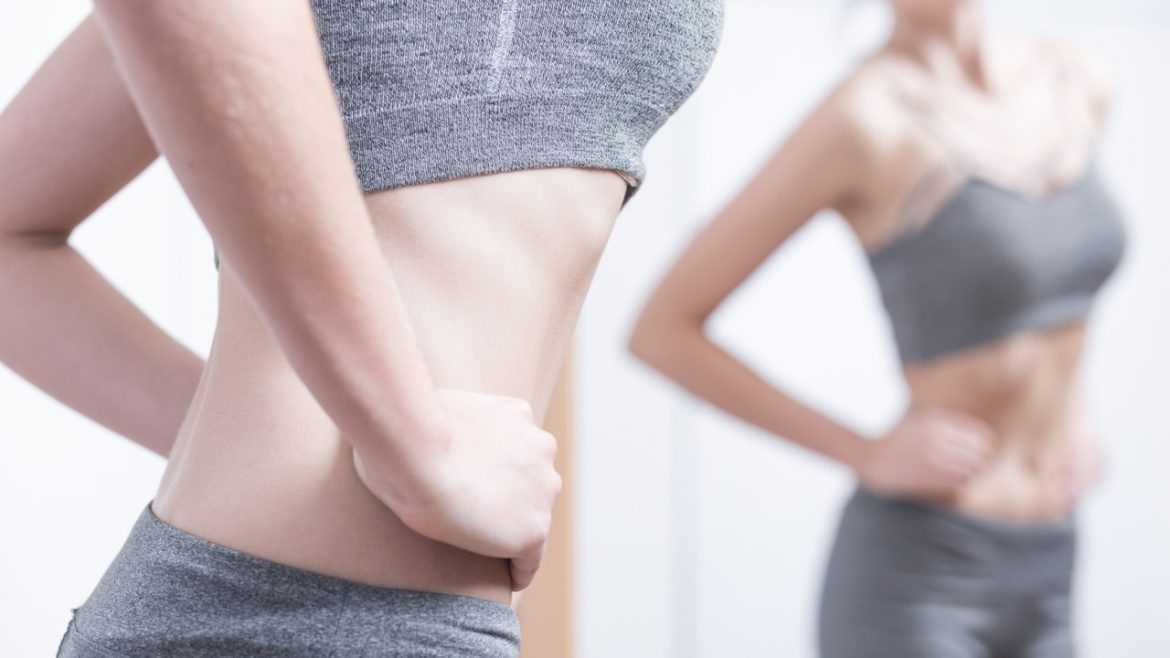
ANOREXIA NERVOSA, CAUSES, SYMPTOMS AND AYURVEDIC TREATMENT
- 26 Feb, 2022
- Posted by admin
- 0 Comment(s)
- Anorexia nervosa is an eating disorder which can be serious and life-threatening. It is characterized by an abnormally low weight and an intense fear of gaining weight.
- People with anorexia limit their number of calories and due to this, they extremely restrict their diet. They, thus, lose weight but their body’s weight-height ratio is not proportionate.
- Anorexia nervosa often occurs in teenage years or early adulthood, but it can sometimes begin before teenage or in later life.
- In this, the person does excessive exercise or purges the food he has eaten by intentional vomiting or misuse of laxatives.
- Anorexia isn’t really about food, it often involves emotional challenges and can be life threatening sometimes. It is an obsessive eating disorder.
- A research has shown that females are not the only victims of the disease. It is very common among transgender also.
CAUSES
The exact cause of anorexia is not known as it is a complex condition. People suffering from anorexia actually develops a negative body image. Thus, it is a combination of various psychological, biological and environmental factors:
- Psychological: Person with anorexia may be suffering from obsessive-compulsive disorder. This makes him follow more strict diet and forgo food despite being hungry. They may also show signs of extreme anxiety.
- Biological: There are some genes which make the person more prone to anorexia. Although it’s not yet clear which genes are involved, but it can be linked to it.
- Environmental: In today’s world, thinness is preferred. A person becomes more influential and smart if he/she is thin. So peer pressure helps fuel the desire of getting slim, especially among young girls.
SYMPTOMS
People with anorexia show symptoms at different levels. Some are the physical signs and symptoms and other are emotional and behavioral signs.
Physical symptoms
- Extreme weight loss
- Yellowish and blotchy skin
- Thinning of hair
- Fatigue
- Sleeplessness
- Dizziness
- Bluish discoloration of fingers
- Constipation
- Absence of menstruation
- Abdominal pain
- Dry skin
- Slow heart rate
- Low blood pressure
- Swelling of arms and legs
- Dehydration
Emotional and behavioral symptoms
- Exercising excessively
- Extreme dieting or fasting
- Some people first do binge eating and then purge, either by self-induced vomiting or using laxatives or enema.
- Skipping meals
- Making excuses for not eating food
- Eating food which is low in fat and calories
- Spitting food out after chewing
- Repeatedly checking weight because of fear of gaining weight
- Frequent seeing of her body figure in the mirror
- Complaining about being fat
- Always feeling low
- Avoid social gatherings
- Irritability
- Insomnia
- Feeling overweight, though she is underweight
- Going to the bathroom right after eating
RISK FACTORS
People of any age can develop anorexia. However, it is more common among girls. There are certain factors which put people at a greater risk for developing anorexia.
Following are the risk factors:
- Having a sibling or any of the close relative diagnosed with anorexia
- Adolescents and young adults
- Girls at any age as they are more conscious about their body figure
- Excessive dieting can later lead to anorexia
- More common in people of certain professions like models, runners, gymnasts, wrestlers and dancers
- Some big changes in life like getting an admission into a college, new school or job, relationship breakup
- History of psychiatric disorders
- History of sexual abuse
PREVENTION
- There is no proven way to prevent anorexia nervosa. But a thorough examination by the physician can help in looking out for symptoms of the disease. This helps in diagnosis and thus early treatment of the disease.
AYURVEDIC TREATMENT OF ANOREXIA NERVOSA
- In Ayurveda, anorexia nervosa is called ARUCHI. It is caused by aggravation of vata, pitta and kapha disorders and by the increase of rajas and tamas gunas leading to increased fear, anger and stress. This causes indigestion of food as ama forms. It blocks gastrointestinal channels and thus causes aruchi.
- There are different methods in Ayurveda which are used for treatment of Anorexia Nervosa. Following are the ways :
- Kavala and gandoosh
- It is also called oil pulling. In this, the oil is being hold in the mouth for sometime.
- It cleanses toxins in the mouth and thereby stimulates appetite.
- Deepana and Pachana
- It focuses on balancing the digestive system as it is imbalanced in anorexia
- Some herbs and a particular diet is used that helps in digestion of ama, thereby increasing the digestive fire.
- Abhyanga
- In this, massage of whole body is done with warm oils.
- Oil is applied from top of the head to bottom of the feet
- It helps in reducing stress levels
- Shirodhara
- It is a technique in which liquid is poured by someone on the patient’s head
- The liquid is either herbal oil or a decoction
- It is sometimes combined with abhyanga
- It helps in lowering down anxiety levels
- Virechana
- It is a part of panchkarma therapy
- It is a controlled drug induced purging process which eliminates toxins from the body, thereby unblocking the body channels. This cause an increase in appetite.
CHANDIGARH AYURVEDA CENTRE’S (CAC) MEDICATIONS
Here are some of the medications of Chandigarh Ayurvedic Centre which are used in Anorexia nervosa :
Brain relaxant churna
- This churna helps in rejuvenating brain cells and increases the concentration by relaxing the brain.
- It works as an anti-depressant and cures indigestion.
- Some of the herbs which are present in the churna are: Amla (Emblica officinalis), Sonth (Zingiber officinale), Pippali (Piper longum), Marich (Piper nigrum), Haldi (Curcuma longa), Bala (Sida cordifolia), Suddha Gandhak, Lauha Bhasma .
- Recommended dose – 1 tablespoon twice a day
Trikatu tablet
- It helps in eliminating excessive kapha or mucous from the body.
- It manages weight, removes ama and detoxify the body.
- Recommended dose: 1 tablet twice a day
Active plus tablet
- It is a herbo-mineral formulation, good for patient’s physical and mental health. It refreshes the mind and body.
- Recommended dose: 1 satchet twice a day
